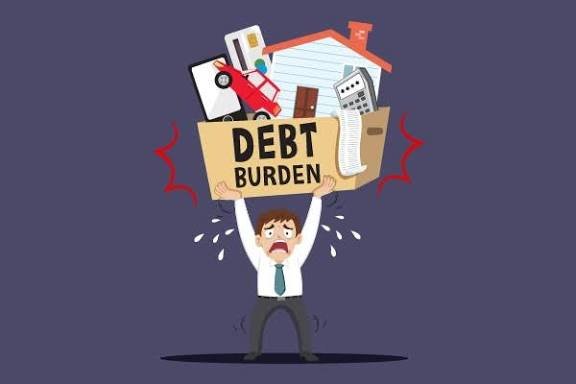Credit Card Debt Trap: A Wake Up Call for Financial Discipline
A credit card debt trap is a dangerous cycle of borrowing that arises when individuals use credit cards irresponsibly and consistently fail to pay their balances in full.
This leads to a continuously mounting debt due to high-interest charges and fees, creating a situation where old debts are paid with new credit, and financial freedom becomes increasingly elusive. Escaping this cycle and avoiding it in the first place requires strong financial discipline and a proactive approach.
Credit Card Debt Surge in India
• August 2015: ₹340 crore
• August 2025: ₹2.88 lakh crore
➡️ Over 850x growth in just 10 years
India now has 11.2 crore active credit cards.
And behind these numbers lies a warning, young Indians are finding it increasingly difficult to pay their EMIs.
Over the past decade, India’s credit card debt has ballooned from ₹340 crore in 2015 to ₹2.88 lakh crore in 2025, a staggering 850-fold surge. This reflects more than just spending; it shows a shift in lifestyle, habits, and financial behavior.
💡 Insights 💡
1. Consumption Boom
Rising incomes, urban aspirations, and easy digital credit have fueled spending on travel, gadgets, and lifestyle luxuries.
2. The Buy-Now-Pay-Later Culture
For many young earners, credit cards are no longer debt tools but cash flow managers. EMI and BNPL schemes have blurred the line between affordability and borrowing.
3. Rising Household Stress
High EMIs and revolving balances are squeezing monthly budgets. Many users pay only the minimum due, a costly mistake when interest rates hover around 35–42% annually.
4. Financial Fragility
Difficulty in meeting EMIs signals both income stagnation and poor financial planning among young professionals.
Takeaways
✅ Treat credit as a convenience, not a financing source.
✅ Pay full dues, not the minimum amount.
✅ Keep credit utilization below 30% of your limit.
✅ Build an emergency fund to avoid debt in tough times.
✅ Focus on financial literacy and long-term wealth, not short-term consumption.
Team: CreditMonryFinance.com

